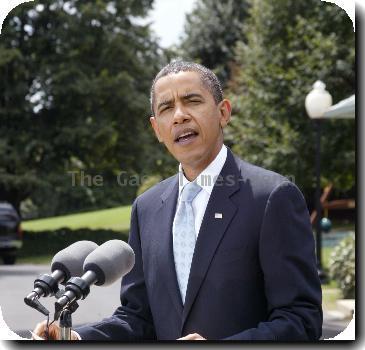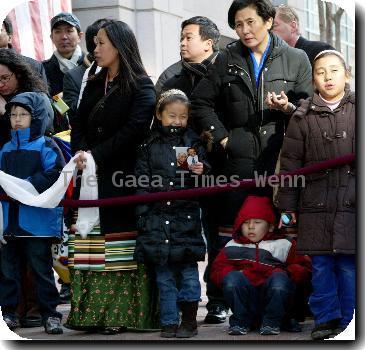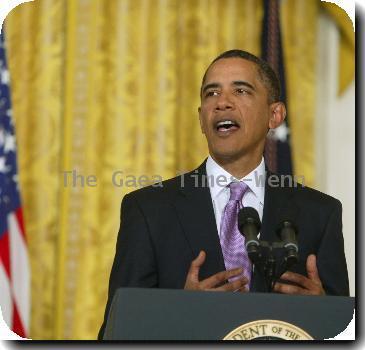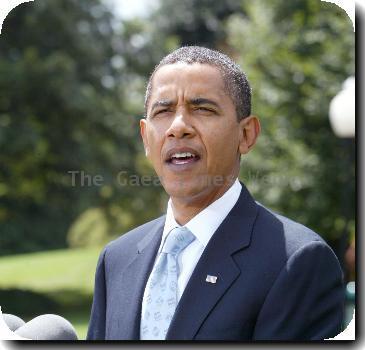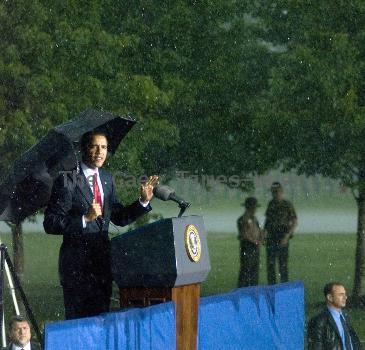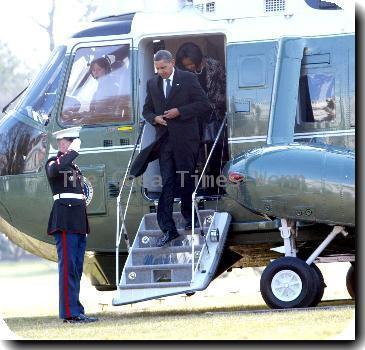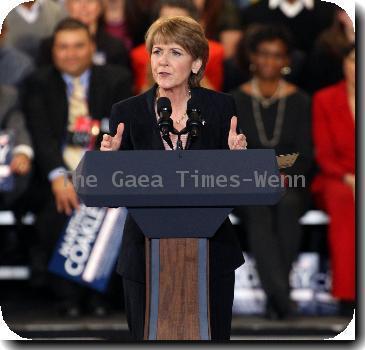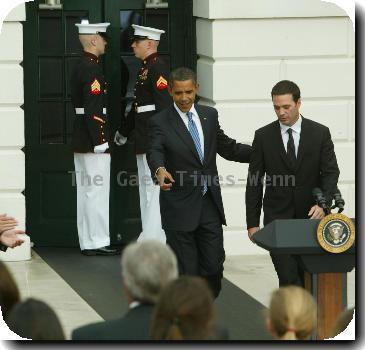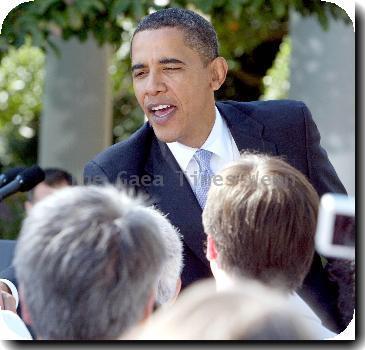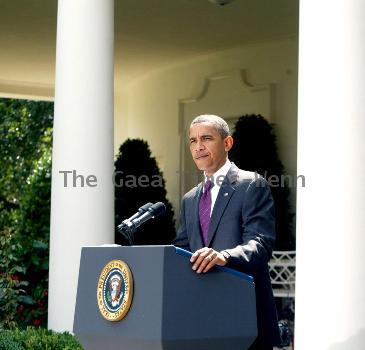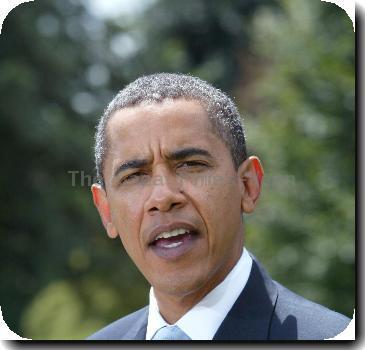Medicare rebate checks in the mail; nervous Democrats try to overcome mistrust of health law
By Ricardo Alonso-zaldivar, APSaturday, August 14, 2010
Will Medicare checks in the mail help Democrats?
WASHINGTON — A check from Uncle Sam gets your attention, even if the money doesn’t help that much with the bills.
More than 750,000 Medicare recipients with high prescription costs each got a $250 government check this summer, and 3 million-plus more checks are going out to people who land in the program’s anxiety-inducing coverage gap.
Democrats, running scared in an election year, are trying to overcome older people’s mistrust of the new health care law, which expands coverage for younger generations by cutting Medicare payments to hospitals and insurers.
Will the ploy work?
“It’s like a teaser,” says Virginia Brant, 65, of Glendale, Ariz. “You go to Vegas and they give you the free spin on the wheel. We have had our teaser — the $250 — for us to say, ‘Gee, look at what we have coming.’”
Brant spent hers to help pay down a credit card she keeps for medications.
The checks arrive with a letter addressed directly to each beneficiary and signed by Kathleen Sebelius, President Barack Obama’s health secretary.
The money is “to bring you some needed relief on your prescription drug costs … the first step toward closing your coverage gap,” Sebelius says. Then comes the pitch: “Stay tuned for more information … on how this new law will help make Medicare more financially secure and provide you with higher quality and more affordable health care.”
The Obama administration and Democrats in Congress are paying close attention to seniors.
Actor Andy Griffith — TV’s sheriff of Mayberry — stars in a reassuring ad about the health care law. Officially keyed to Medicare’s new benefit year, it’s running nationwide at taxpayer expense. Democratic lawmakers, in their home districts for August, are holding information sessions for older people about the law, along with ‘birthday parties’ for Social Security, which turned 75.
Behind the hoopla, the reality is modest. The $250 check, for example, is just a fraction of what many people in the prescription coverage gap have to pay.
The gap starts after Medicare beneficiaries and their insurance plan have spent $2,830 on medications. Once total spending reaches $6,440, Medicare’s catastrophic coverage kicks in, and people pay only a small amount.
That means the “doughnut hole” is $3,610 this year. Medicare beneficiaries pay full freight. A previous Congress, led by Republicans, came up with the idea to control costs. It’s never been popular.
Anna Bollerman, a retired real estate agent from Bayville, N.J., said her check barely made a dent, but it still mattered.
“Two-hundred-and-fifty dollars looks pretty good when you’re almost broke,” said Bollerman, 81. A doubter on the health care law, she said she was surprised to get her check quickly and efficiently.
“It feels better,” said Bollerman. “At least it indicates that they are listening, and they are trying to get it working.” She won’t say how she’ll vote in November.
The $250 is a down payment under the health care law to begin closing the doughnut hole. Next year, the law provides a 50 percent discount on brand name drugs in the gap, and a smaller break on generics. Discounts gradually increase until the gap is closed in 2020.
“I may be dead by then,” scoffs Deborah Johnson-Scheid of Raleigh, N.C.
At 51, she is on Medicare because of a medical disability due to severe complications of Lyme disease. Her medications are very expensive, and she compared her $250 check to the minimum wage.
“I’m not impressed at all,” said Johnson-Scheid. “I appreciate Obama trying, but it still does not help the people who are on drugs that cost $800 or $1,000.”
Jesse Thomas, 65, from Mount Vernon, N.Y., said the message is more important than the amount printed on the checks.
“My take on the $250 is that it doesn’t help when you have extraordinary expenses, like I do,” said the former Wall Street financial manager. He’s using his to help pay for asthma drugs.
But Thomas doesn’t dismiss the political gesture. “It’s like a reminder so people don’t totally despair of the new law,” he said. “It’s a reminder to senior citizens that the law is alive, and here is something to show for it.”
Polls show Obama and the Democrats are in trouble with seniors. June’s AP-GfK poll found 56 percent opposed the new health care law, as compared with 42 percent of the U.S. population as a whole.
White House official Stephanie Cutter, who manages communications strategy on health care, is under no illusions.
“I think this is going to take time,” said Cutter. “This is a landmark reform and it will take time for people to understand exactly what’s in it. That’s why we are concentrating on implementing the bill as effectively as possible.”
That means the checks will keep coming.
Online:
Health care law: www.healthcare.gov
Medicare: www.medicare.gov
Andy Griffith ad: tinyurl.com/22wnrrp
Tags: Barack Obama, Diagnosis And Treatment, Government Programs, Government Regulations, Government-funded Health Insurance, Health Care Costs, Health Issues, Industry Regulation, Medication, North America, Personal Finance, Personal Insurance, Personal Spending, Political Organizations, Political Parties, Seniors, United States, Washington
